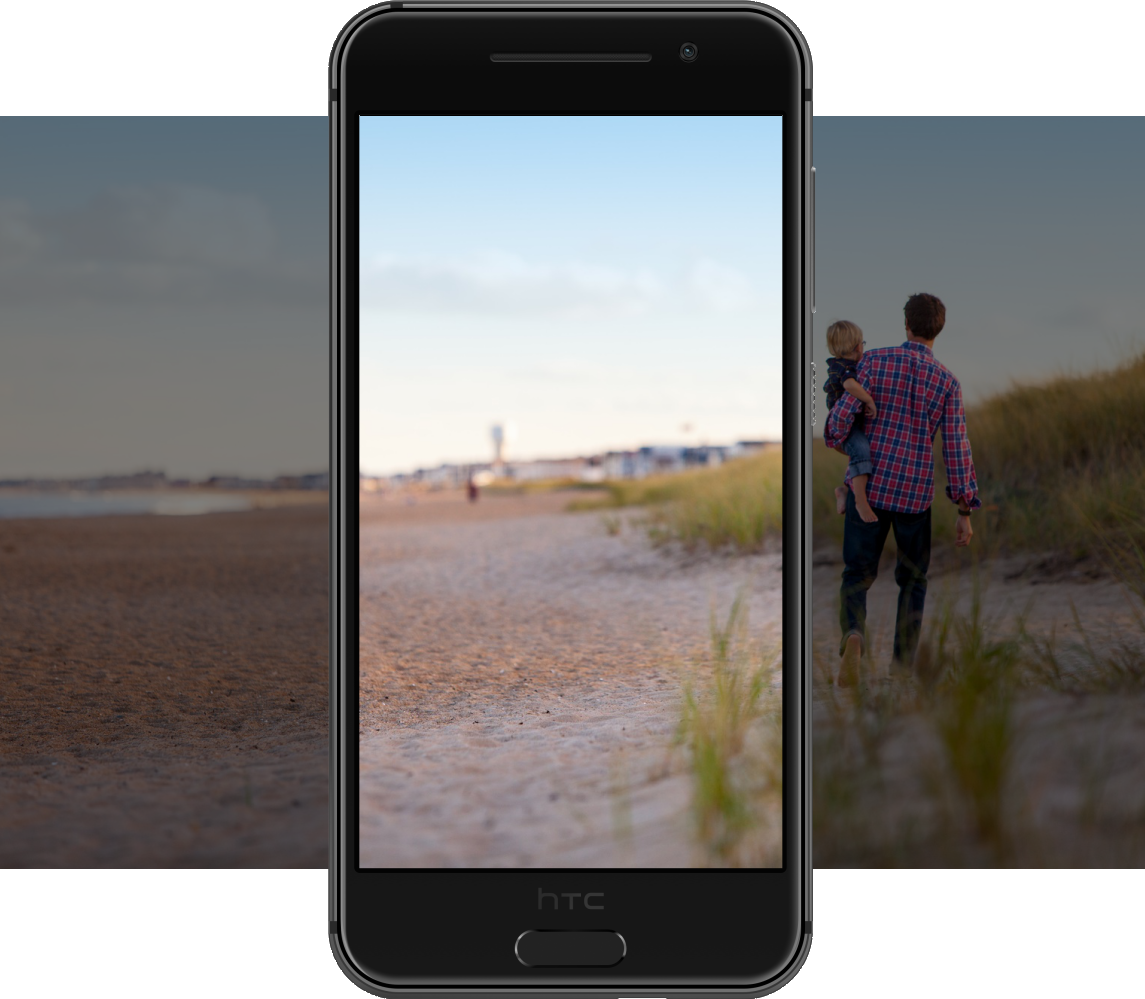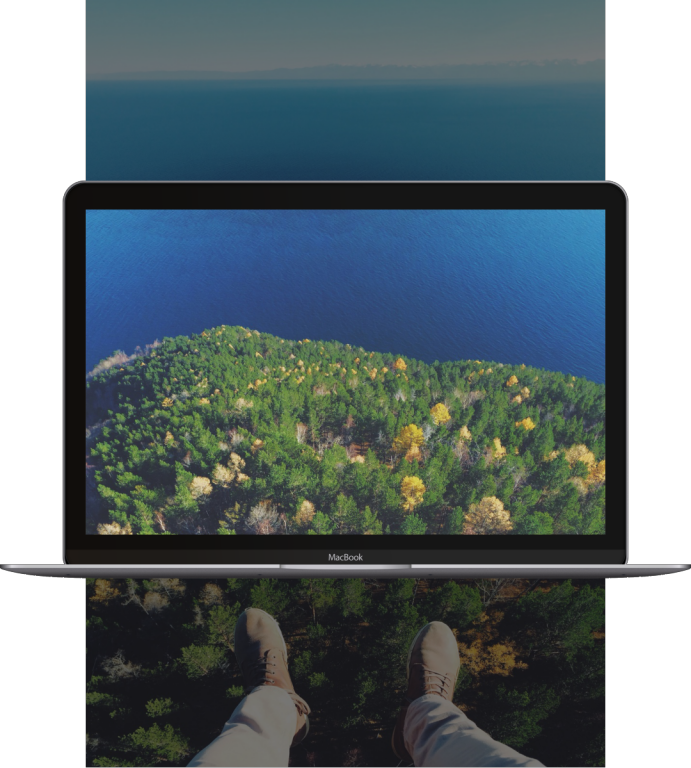Does Shopify Have A Template Where The User Can Upload An Image?
Uploading images
This page was printed on Apr 14, 2022. For the current version, visit https://help.shopify.com/en/transmission/online-store/images/theme-images.
Yous can employ many different kinds of images on your online store, including your visitor logo, product images, slideshows, banners, and weblog posts images. Shopify's Imagery service manages your images, ensuring the all-time possible image format is displayed at the appropriate identify in your online store.
Upload images
There are ii dissimilar places where yous can upload images for your online store:
Upload images on the Files folio
You can upload images on the Files page of your Shopify admin. This is useful considering you lot can access these images while editing any of your themes. To larn more, come across Uploading files to your website.
Upload images in the theme editor
You tin add images to your theme in the theme editor.
Steps:
- From your Shopify admin, become to Online Store > Themes.
- Find the theme that you want to edit, and then click Customize.
- From the Shopify app, tap Store.
- In the Sales channels department, tap Online Store.
- Tap Manage themes.
- Find the theme that y'all desire to edit, and then tap Customize.
- Tap Edit.
- From the Shopify app, tap Shop.
- In the Sales channels section, tap Online Store.
- Tap Manage themes.
- Discover the theme that you want to edit, and then tap Customize.
- Tap Edit.
- Employ the dropdown carte to select the template you want to edit.
- From the theme editor sidebar, click the section or block that you want to add an prototype to.
- Click Select Image, and then practise one of the post-obit:
- To upload an epitome from your figurer, click Upload.
- To employ a costless stock image from Flare-up, click Explore costless images.
- Click an image to see a preview of the epitome in your theme. After yous discover an image that you want to utilize, click Select.
- Click Save.
Add an image by using metafields
If you have metafields set for your images, then you can employ the dynamic source picker to add an image. For more data about metafields and supported image formats, refer to Metafield content types and values.
You tin can create epitome banners with the post-obit elements:
- one or two images
- text
- an action button
On desktop computers, imprint images are displayed side by side. Because this format isn't suited for mobile devices, you lot can stack your image imprint pictures by selecting the Stack images on mobile pick in the Image banner theme settings. For more information on image banners and slideshows, refer to Best practices for slideshow and epitome banners.
Image formats
Shopify supports the following image formats:
- JPEG or JPG
- Progressive JPEG
- PNG
- GIF
- HEIC
- WebP
When to utilize JPEG images
JPEG images are ideal for photography and other still images with complex colors. The JPEG format has a palette with millions of colors. JPEG also has lossy compression, which tin help to keep page loading times fast without a noticeable loss in image quality.
Use the JPEG format for the following kinds of images:
- products
- banners or slideshows
- pages and web log posts
When to utilise PNG images
PNG images are platonic for graphics and icons with apartment colors and without gradients. The PNG format is too able to back up transparency.
Utilise the PNG format for the post-obit kinds of images:
- logos
- icons
- borders and trims
Automatic image compression and format choice
To keep load times fast, Shopify automatically compresses images when they're displayed on your online store. Compressing an prototype means reducing the file size to allow for faster page loading.
Additionally, Shopify automatically determines the best possible file format to use when delivering your images. For instance, when we detect that a buyers web browser supports modern image formats such as WebP, Shopify volition deliver your image in those formats.
Upload limits
Image uploads to Shopify have restrictions in terms of both megapixels and file size (measured in megabytes). Megapixels are used to indicate how many millions of pixels make upwards an image. Megabytes are used to indicate how many millions of bytes of memory or disk infinite an image takes upward.
Images uploaded to Shopify can't exceed either of the following limits:
- 20 megapixels
- 20 megabytes
To detect your image's megapixels, you can use the post-obit equation: (pixel width 10 pixel height)/1,000,000. For example, an image with a resolution of 4900x6930 would be 33.9 megapixels based on the equation: (4900x6930)/1,000,000 = 33.9 MP.
Colour profiles
When you view an image on your online store, the colors in the image might look different from those in the original that you uploaded to Shopify. This can occur when an prototype has a color profile, which is a set of data stored in a file with a .ICC or .ICM extension. Colour profiles are often embedded into images to assist standardize the fashion that the colors announced on different devices. When images are displayed on your online store, their color profiles are removed.
Color profiles are removed for a few reasons:
- Not all devices are able to read
.ICCor.ICMcolor profiles, so keeping them intact can result in inconsistencies in paradigm colors across devices. - When an uploaded image doesn't include a colour profile, sRGB (the most common colour profile used to display images on the web) is assumed past the web browser. This ensures that your images look the same across all major web browsers and devices.
- Colour profiles can have up large amounts of deejay space, which tin result in heavy loading times.
Remove the colour profile from an paradigm
You can remove the color profile from your image by saving it without the colour profile before you upload information technology to Shopify. This process varies depending on your prototype editing program.
Remove a color contour using Adobe Illustrator or Adobe Photoshop
To remove a colour profile using Adobe Illustrator or Adobe Photoshop:
-
Click Edit > Assign Profile.
-
Select Don't Colour Manage This Document.
-
Click OK.
Remove a colour profile using Adobe InDesign
To remove a color profile using Adobe InDesign:
-
Click Edit > Assign Profile.
-
For RGB Profile and CMYK Profile, select Discard (Apply Current Working Space).
-
Click OK.
For more detailed information, yous tin view the Adobe documentation on color profiles.
Many Shopify themes feature large images or slideshows that scale to the height of your browser or adjust to your screen size.
If you use one of these themes or take a large slideshow or background image, then it's important to empathize what types of images volition look best.
Considering large images tin can't fit on all devices, Shopify sometimes displays only part of the image depending on the device you're using. If your epitome slideshow contains a lot of large images, and so you might find that parts of the images aren't visible.
Recommendations
To make sure that your images work well with your theme, hither are some things to proceed in mind:
-
Some themes have an image position setting that you can use to specify which part of an paradigm is the focal point. If your theme doesn't have such a setting, and so make sure that the focal point of each image is in the eye. When your images are cropped on some screens, the focal point is visible, while areas effectually it are hidden.
-
Images that y'all use for slideshows or backgrounds shouldn't have text in them. If the text is a part of the prototype itself, then it might go moved effectually, cropped, or adjusted based on your theme. Employ the theme editor to add text and links to your slideshows.
-
For images that you use in slideshows or as backgrounds, choose simple images then that any overlying text is piece of cake to read.
Wide images on tall screens
Wide images might be cropped on the left and right when the device used to view them has a tall screen (similar a mobile phone or tablet):

Tall images on wide screens
Tall images might be cropped on the top and bottom when the device used to view them has a wide screen (like a laptop or desktop):

Does Shopify Have A Template Where The User Can Upload An Image?,
Source: https://help.shopify.com/en/manual/online-store/images/theme-images
Posted by: ellisardeculd.blogspot.com


0 Response to "Does Shopify Have A Template Where The User Can Upload An Image?"
Post a Comment